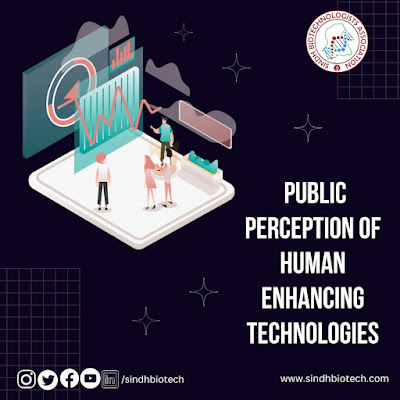Musical brain
Our brain is a complex structure. Brain has four lobes. The name of first lobe is Frontal lobes and its subclass is Prefrontal Lobe that involves in planning and thinking. Second one is Temporal lobes which recognize sound, music, object, face. Following it is Occipital lobes where visual processing occurs. The last one is Parietal lobes which involve in spatial orientation, calculation.
Fig 1: Four lobes of brain
How our brains listen?
Noise sends vibrations, or sound waves, through the air. The human eardrum is a stretched membrane, like the skin of a drum. When the sound waves hit your eardrum, it vibrates, and the brain interprets these vibrations as sound. Music is sounds that are carried to the ear by changes in air pressure. Different cells in the cochlea respond to pitch, melody, timbre, harmony.
Fig 2: Music creativity revealed in the brain structure
When you hear a piece of music, the ear converts the sound waves into vibrations in specific parts of the inner and middle ear. These vibrations are then translated into action potentials that travel through the eighth cranial nerve to the brain stem, the thalamus, and the auditory cortex in the temporal lobe Information from the auditory cortex is transmitted to the frontal lobe which associates the sound of music with these varying patterns of impulses that generate thoughts, feelings, and stimulates emotions and past experiences.
It seems that the brain takes a song and translates it into its own neurosymphony-sending electrical impulses to various parts of your brain. It sounds almost as though we store various patterns of these impulses in our brains and when the same pattern of sounds matches a pattern of impulses, it triggers a set of images.
How does music interpret by the brain?
Music stimulates and utilizes most parts of the brain. Music and art involve both right and left hemispheres of the brain because while one codifies lyrics the other tackles melody. Thus, the human brain shows specialization and large-scale involvement in music.
Fig 3: Response of music by different parts of brain
The left hemisphere of the brain is frequently the prevailing one (particularly in right given individuals) and is at that point more concerned with the simple angles of dialect, such as language structure and the meaning of words. The right hemisphere is regularly more concerned with nonverbal visual encounters, body dialect, and intonation. These perceptions, then, indicate a propensity of a better degree of investigation of music among artists. On the off chance that we would compare it to dialect, non-musicians get it the visual and nonverbal prompts individuals give away when they conversation, whereas the artist moreover gets it the foremost pertinent data, the words.
There is various influence of music in the body like it effects heart rate, Breathing, Blood pressure, Pain threshold and Muscle movements.
Different Networks of neurons are activated depending on whether a person is listening or performing music. Music stimulates specific regions of the brain responsible for memory, motor control, timing, and language.
It makes sense then that music can generate emotions and memories, it stirs these sections of the brain. Music stimulates and exercises the entire brain. Arts & Music enhances
cognitive growth, human development, emotional and psychomotor pathways. The effects of experience on the brain are of equal importance for understanding the important role of music in behaviour and cognitive processes.
There is indication that music affects levels of various hormones, such as: cortisol (arousal & stress), testosterone (arousal &aggression), oxytocin (nurturing behaviour) and triggering endorphins.
Musical responses are widely distributed throughout the brain. Research shows that the structure of music and people's use of it are similar in key respects to language structure and use.
Music performance provides a complete mind/brain "workout". This workout should facilitate inter-communications between cells by strengthening synapses, thus improving brain function. Include-Transfer effects from music to other academic subjects
By: Aniqa Anwar
References
Chaudhuri, T. (2002). A little thinking music. Serendip. Retrieved from http://serendip.brynmawr.edu/bb/neuro/neuro02/web2/tchaudhuri.html
Zull, J. (2005). Arts, Neuroscience, and Learning. New Horizons for Learning. Retrieved from http://www.newhorizons.org
Vaidya, G. Music, Emotion and the Brain. Retrieved from http://serendip.brynmawr.edu/bb/neuro/neuro04/web2/gvaidya.html
Chan, T., Petrie, G. ( 1998) The Brain and Well-Designed School Environments:Enhancing Student. Classroom Leadership 2,3. Retrieved from http://www.nea.org/teachexperience/braik030312.html
Fernandez, E. (2006). Notes on the Brain: Does music make you smarter? Miami Herald. April 25, 2006.
Cromie, W. (1997). How Your Brain Listens to Music. Retrieved from http://www.hno.harvard.edu/gazette/1997/11.13/HowYourBrainLis.html




Comments
Post a Comment